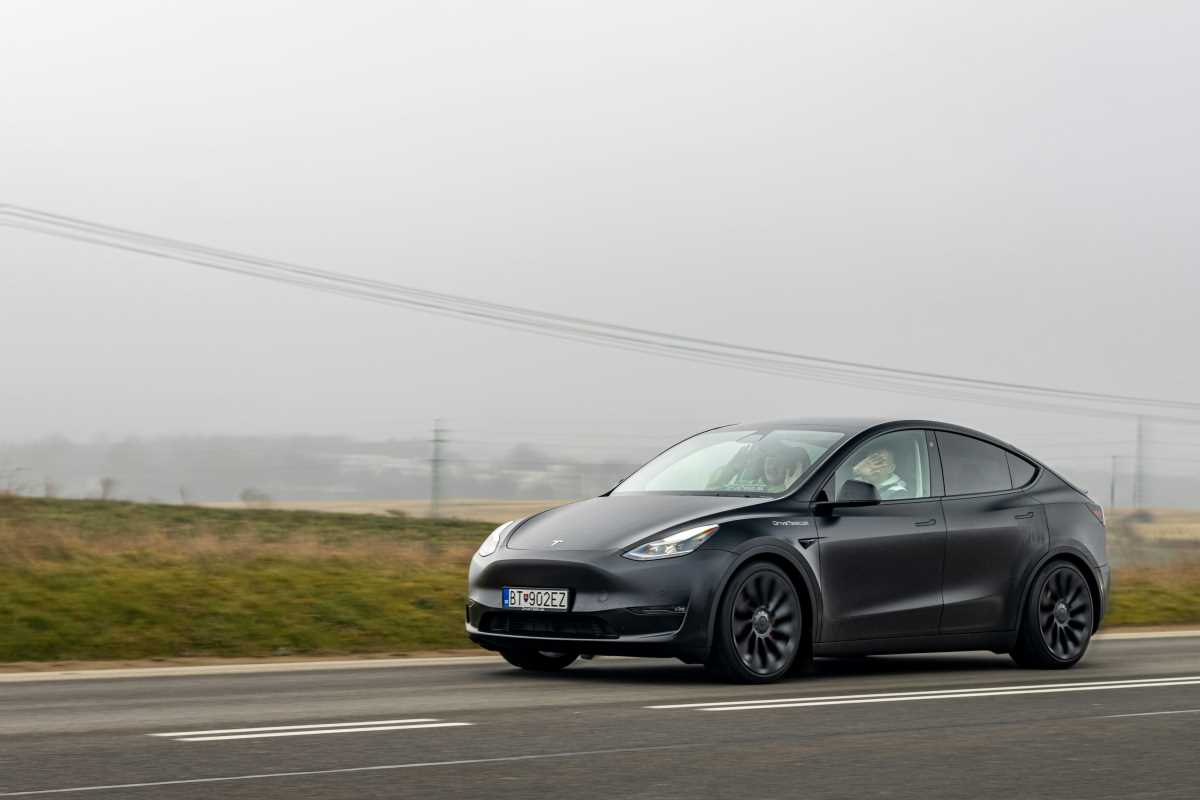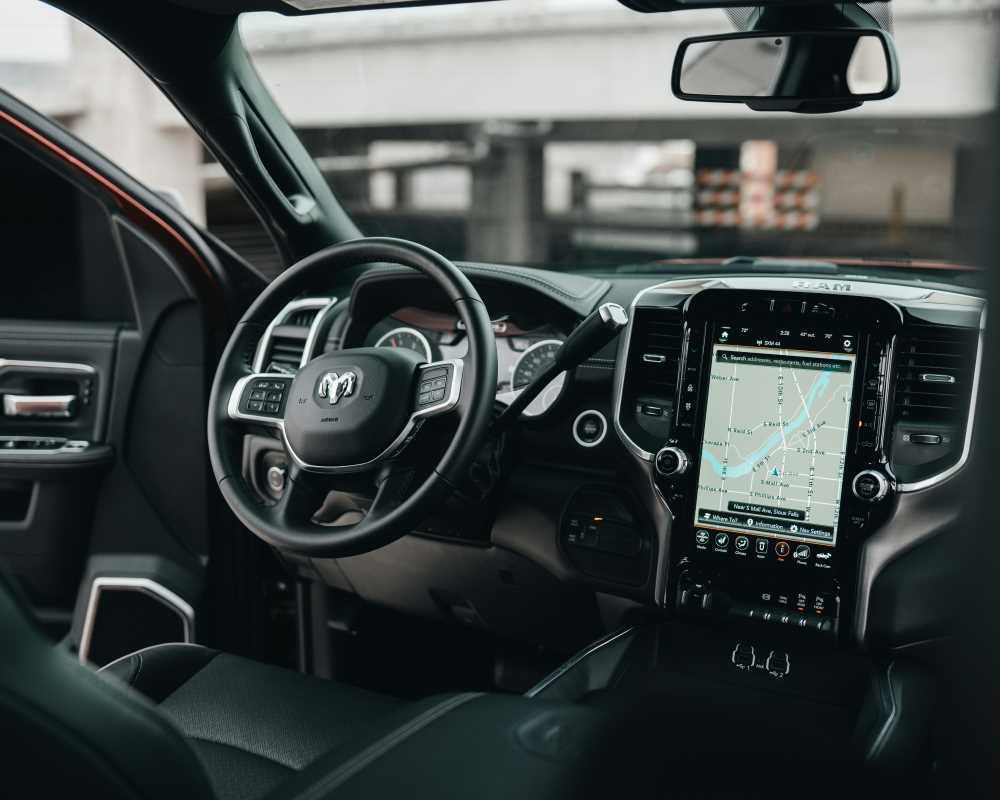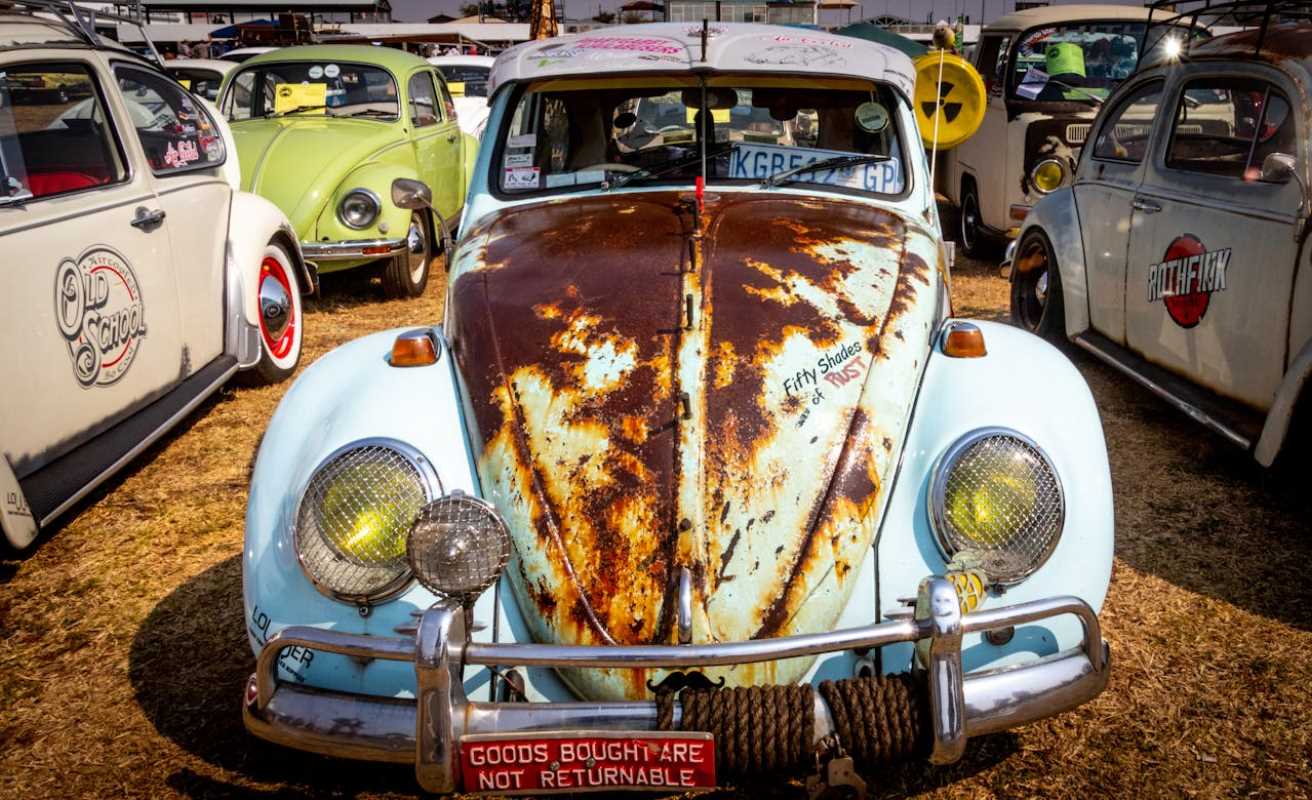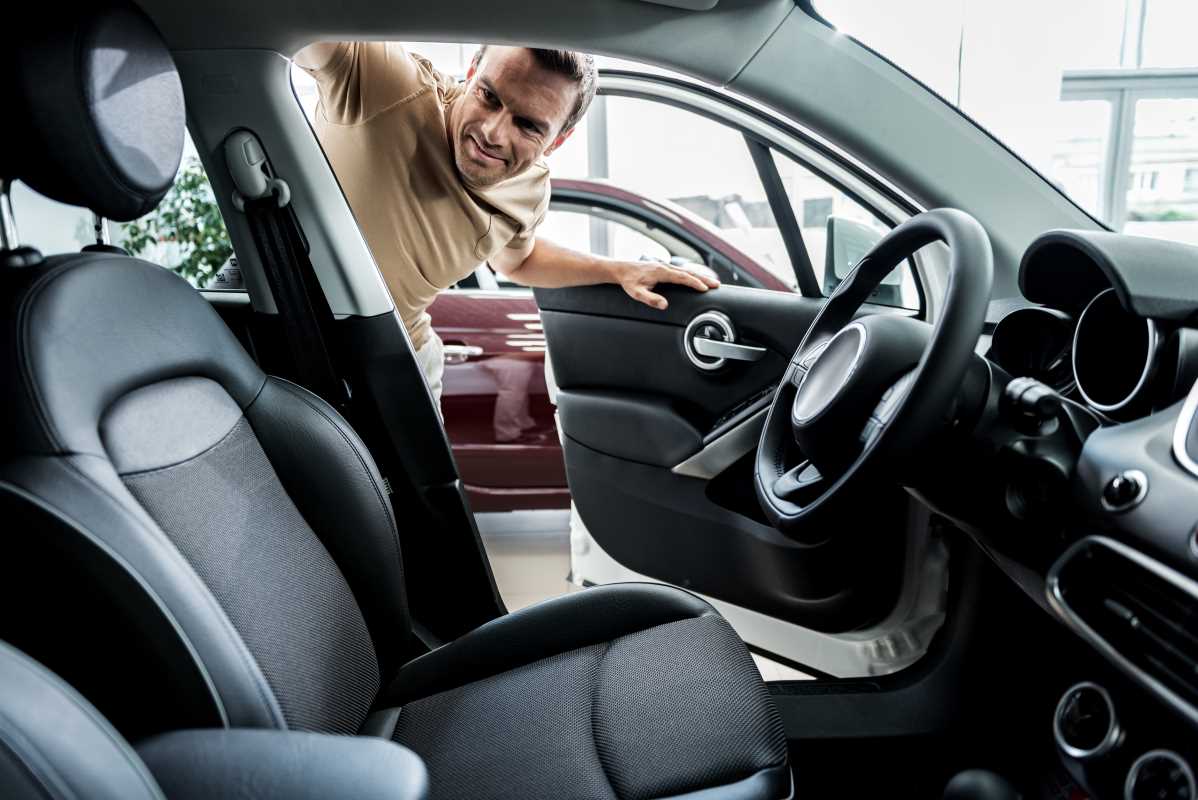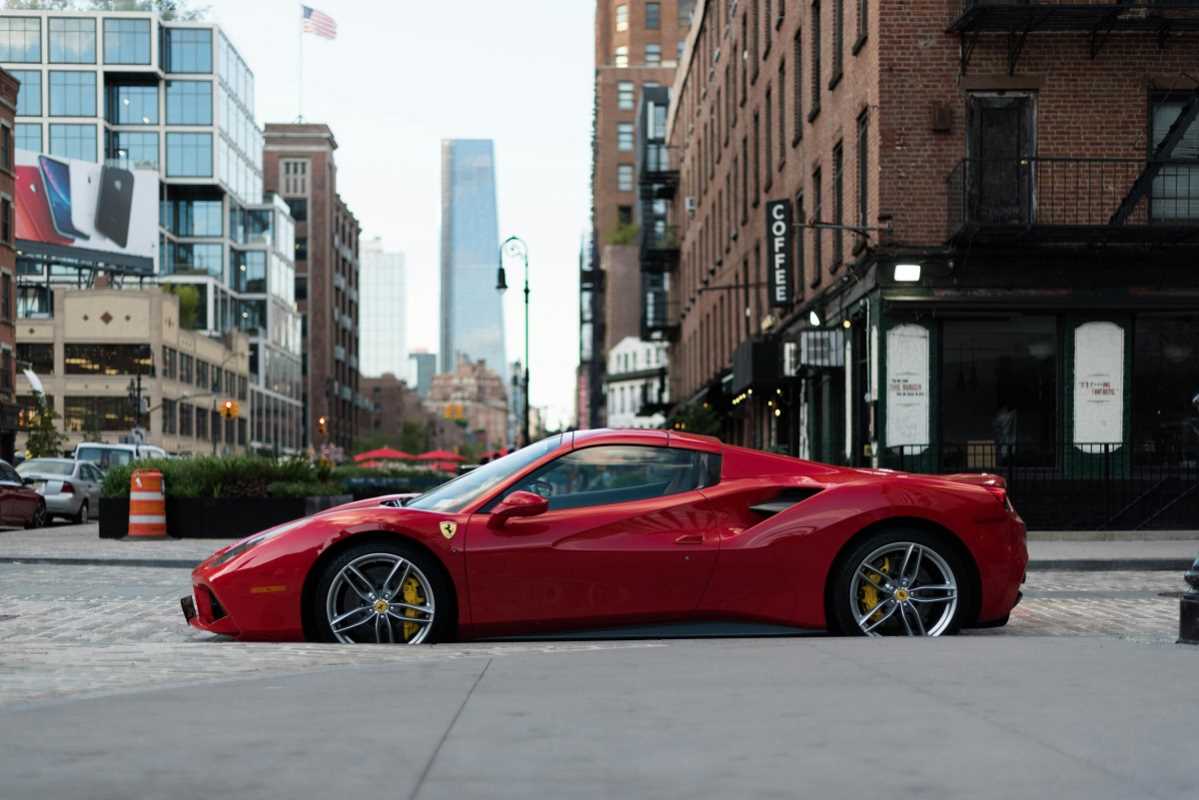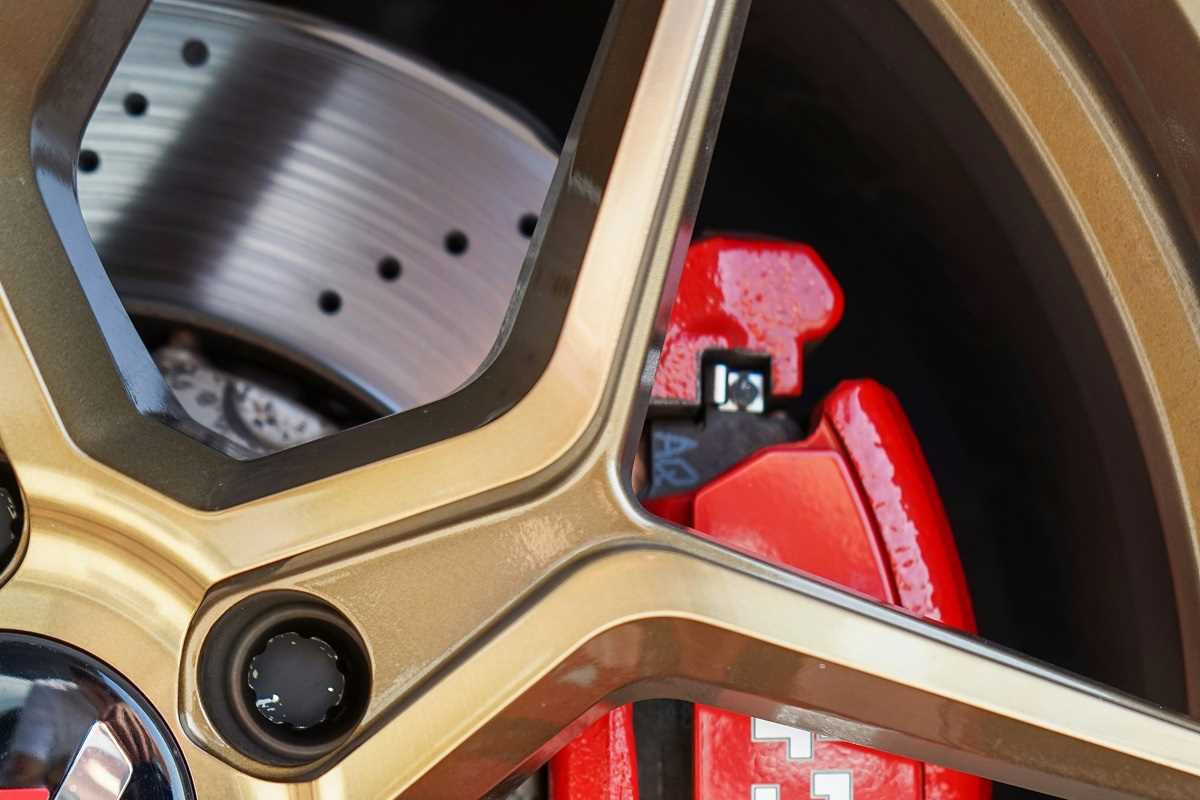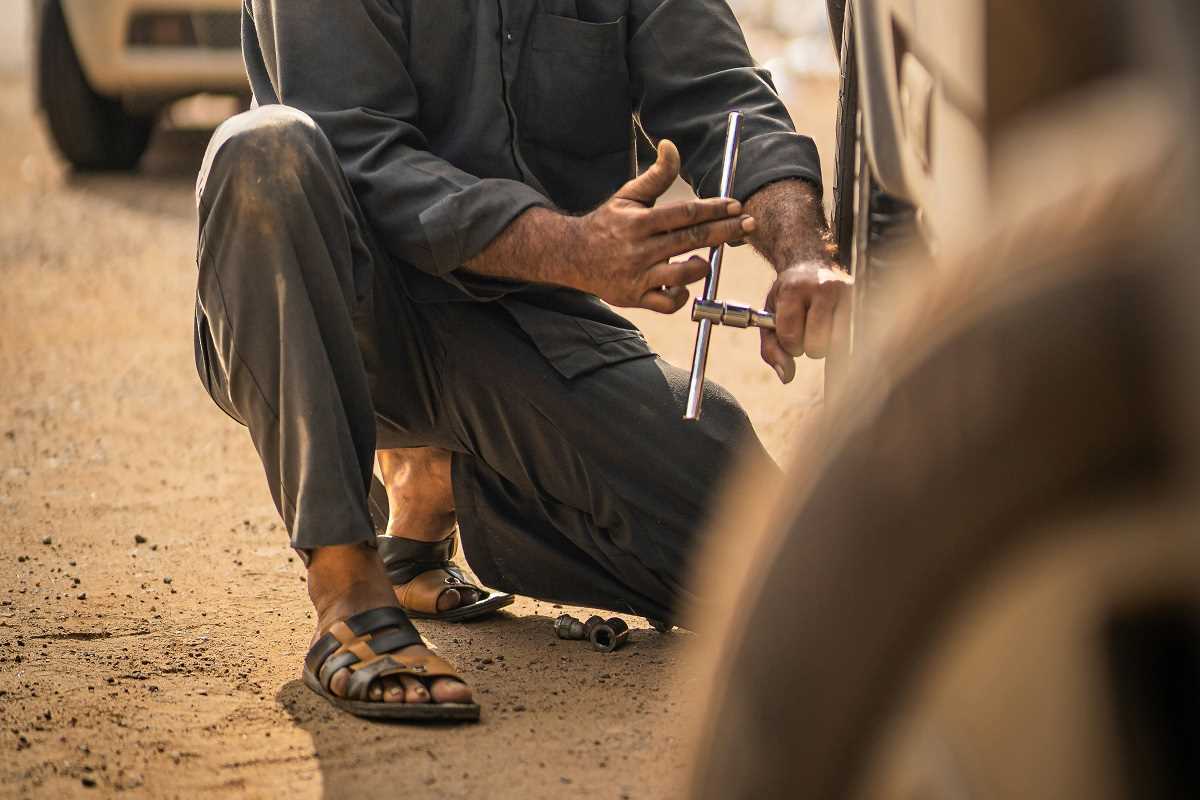Fuel costs seem to creep up when you least expect them, and with so many other expenses piling on, who isn’t looking for ways to save a little? What if I told you that a few small changes in how and when you drive could stretch your fuel further—and your wallet too? While we can’t control gas prices, we can control our driving habits and how we care for our cars. Here are some smarter driving tips to help you reduce fuel consumption and keep more cash in your pocket.
Maintain a Steady Speed
Ever notice how your car seems to guzzle fuel when you’re constantly accelerating and braking? Rapid starts and sudden stops use far more gas than cruising at a steady pace. When driving on highways or long stretches of road, use cruise control (if you have it). Sticking to a consistent speed helps your engine run more efficiently. Experts suggest that the “sweet spot” for fuel efficiency is often around 50-65 mph, so there’s no need to speed to get there faster. Slow and steady really does win the fuel-saving race.
Reduce Idling
Sitting in your car with the engine running might seem harmless, especially if you’re just waiting for someone to hop in or drinking coffee in the driveway (we’ve all been there). But idling burns through more fuel than you might think—and gives you absolutely no miles in return. If you’re going to be parked for more than a minute or two, turn off the ignition.
This also applies when you’re in drive-thru lines or stuck in traffic jams. If the wait is going to be long, consider parking or turning off the engine if it’s safe to do so. Modern cars are designed to handle frequent starts without wearing out the starter or draining the battery, so there’s no need to worry.
Plan Your Routes Wisely
Spending extra time on the road because you took the scenic route (or, in some cases, the wrong one) will cost you in fuel. Before heading out, take a minute to plan your trip. Use navigation apps to find the most efficient route and check for any traffic delays or roadwork. Apps like Google Maps and Waze even provide real-time updates, helping you avoid congested areas that could leave you idling for ages.
Another simple hack? Combine errands. Instead of making multiple separate trips throughout the week, group them together so you’re driving less overall. Running to the grocery store, pharmacy, and post office on the same outing can save you gas and time.
Lighten Your Load
Your car is not a storage unit. The more weight you’re hauling around, the harder your engine has to work, which means higher fuel consumption. Check your trunk or back seat and remove any unnecessary items—camping gear from two weeks ago? That gym bag you haven’t touched? Time to take them out.
Roof racks and cargo boxes are another culprit. Even if they’re empty, they create drag and reduce your car’s aerodynamic efficiency, especially at higher speeds. If you’re not using them, take them off to boost your fuel economy.
Keep Your Tires Properly Inflated
Underinflated tires might not seem like a big deal, but they create more rolling resistance, making your engine work harder and burn more gas. It’s kind of like wearing flip-flops while hiking uphill—not efficient, and definitely not fun.
Check your tire pressure regularly (at least once a month) and make sure it matches the manufacturer’s recommendations, which can usually be found in the owner’s manual or on a sticker inside the driver’s door. Keeping your tires properly inflated can improve fuel efficiency by up to 3%, which translates into real savings over time.
Stay on Top of Vehicle Maintenance
Your car’s condition has a significant impact on its fuel efficiency. Regular maintenance can go a long way in keeping your car running smoothly and consuming less gas. Here are a few areas to focus on:
- Air Filters: A clogged air filter can restrict airflow to your engine, reducing efficiency. Replace it as recommended in your owner’s manual.
- Oil Changes: Fresh oil reduces friction in the engine, which keeps it running efficiently. Stick to the manufacturer’s suggested oil change schedule.
- Spark Plugs: Faulty spark plugs can cause misfires, which wastes fuel. Make sure they’re checked and replaced as needed.
- Wheel Alignment: Misaligned wheels cause uneven tire wear, which can increase resistance and waste gas. Alignments aren’t just about smoother steering—they also save fuel.
Drive Smoothly and Avoid Aggressive Driving
We’ve all been tempted to floor it at a green light or weave through traffic like we’re in a Fast & Furious movie. But aggressive driving—rapid acceleration, hard braking, and speeding—burns through fuel faster than you’d think. A lighter touch on the gas and brake pedals not only preserves your fuel but also keeps your ride smoother.
Try to anticipate traffic flow so you’re not constantly stopping and starting. For instance, if you see a red light up ahead, ease off the gas and coast rather than speeding up just to slam on the brakes. It’s easier on your fuel tank and your nerves.
Use Air Conditioning Strategically
While blasting the AC can be a lifesaver on hot summer days, it does put extra strain on your engine, especially at lower speeds. Instead of defaulting to air conditioning, consider rolling down the windows when driving around town. At highway speeds, though, this creates drag, so using the AC sparingly is a better option. The key is to find a balance that works for you without overdoing it.
Buy Fuel on the Right Days and Times
Here’s a sneaky tip many people overlook. Gas prices can fluctuate based on the day of the week. Many experts say prices tend to be lower at the start of the week (like Monday or Tuesday) and rise closer to the weekend. Of course, this depends on where you live, but it’s worth keeping an eye on price patterns at your local stations.
Additionally, fuel expands when it’s hot, meaning you’ll technically get less energy per gallon if you fill up in the middle of a scorching afternoon. Try refueling during cooler times, like early morning or late evening, to get the most bang for your buck.
Saving on fuel costs doesn’t require major lifestyle changes or expensive equipment. It often comes down to small tweaks that add up over time—driving smoothly, maintaining your vehicle, and planning efficiently. By adopting these smarter driving habits, you’ll not only spend less at the pump but also reduce wear and tear on your car.
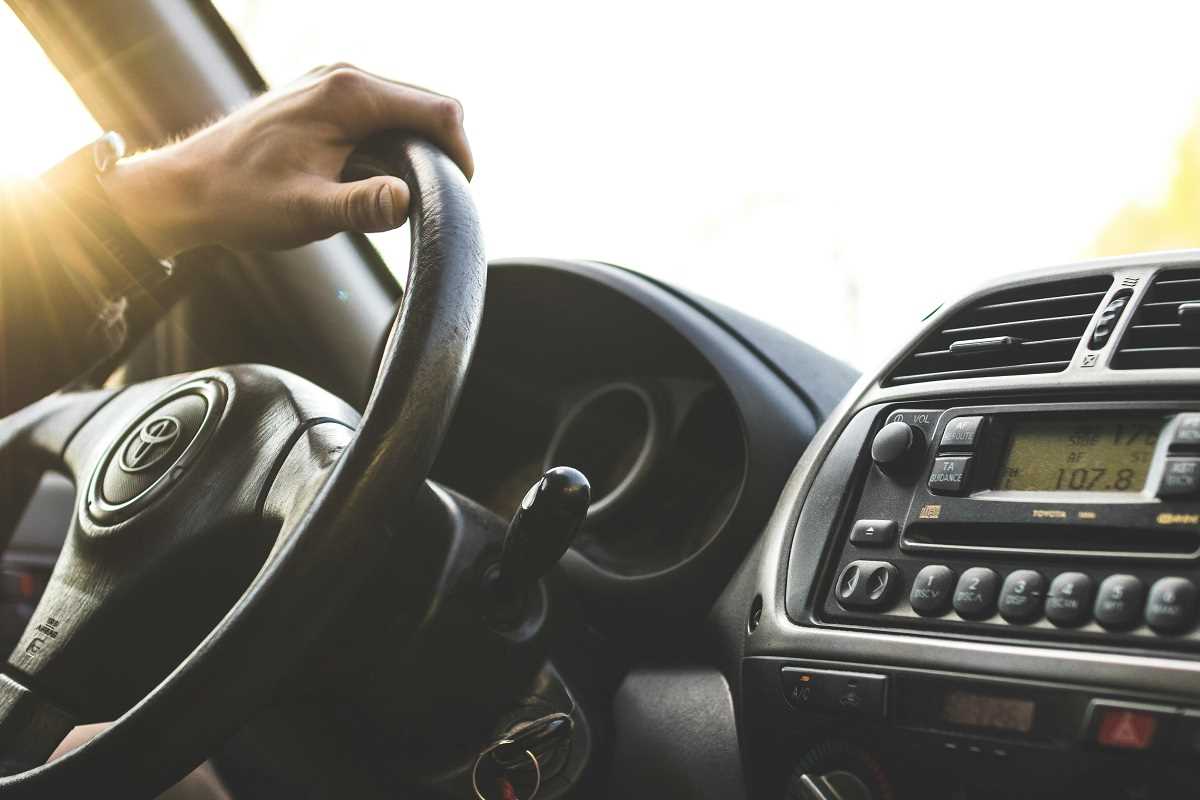 (Image via
(Image via